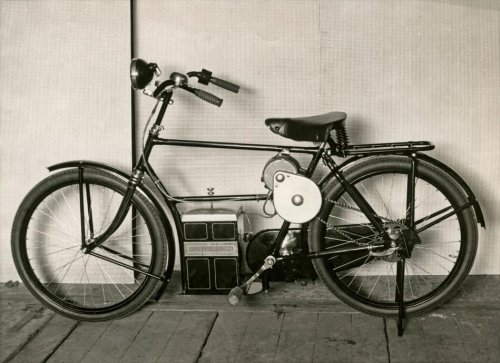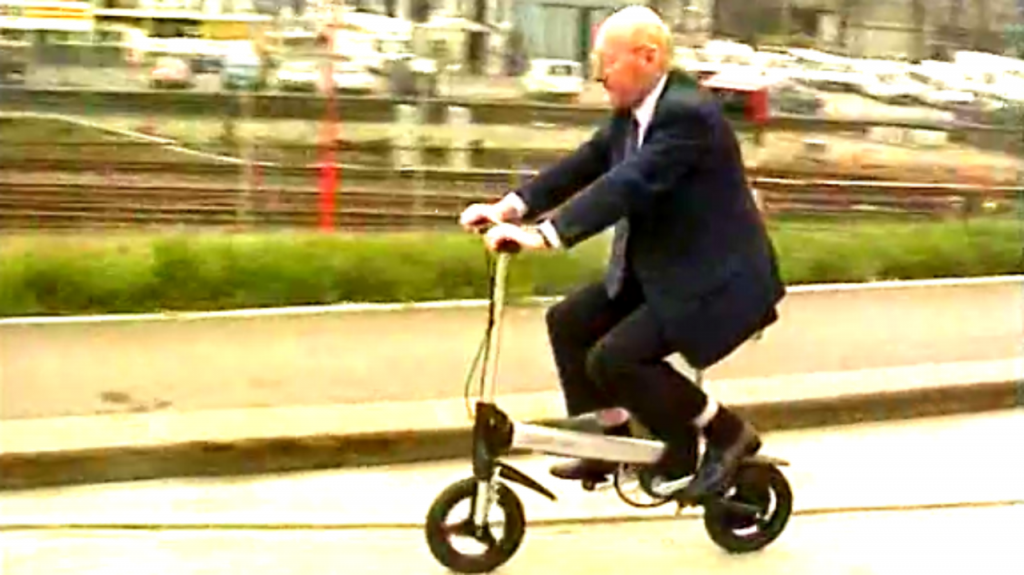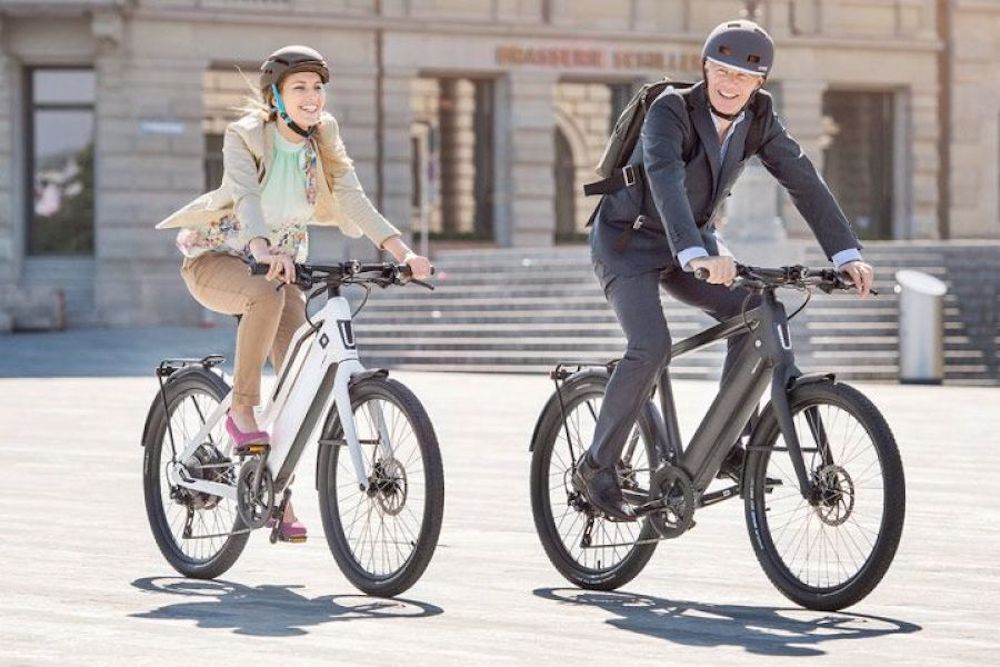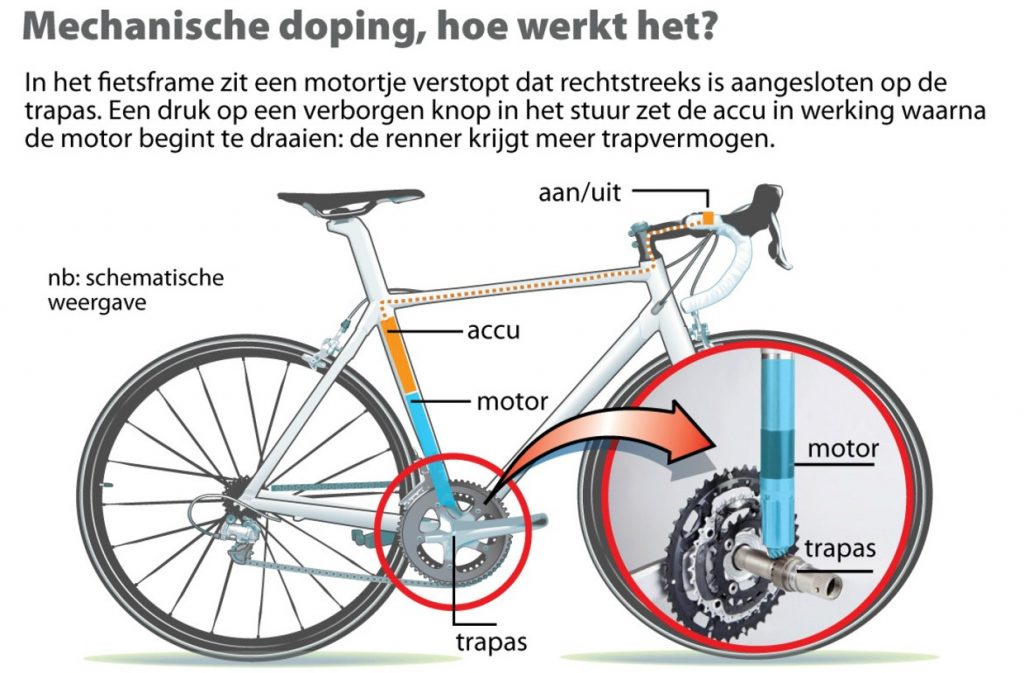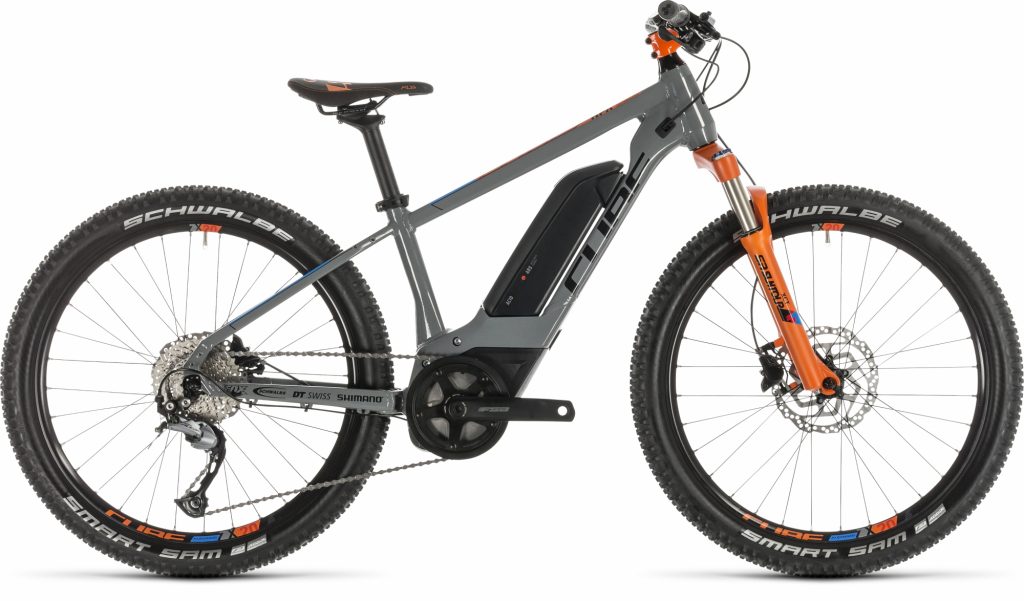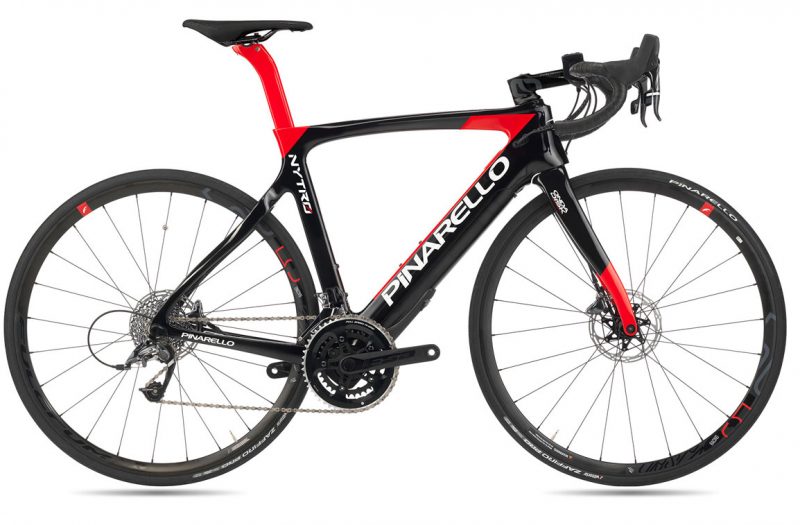Since a few years you can see them all over the streets in Europe: the electric bicycles in the form of pedelecs, foldable, sporty, classic, mountain bike, racing bike, gravel bike, and so on. Initially they were mainly used by older people but nowadays there is no age on it.
The Electric bicycle however, is not an invention of today but has been around for a long time and even goes back to the 19th century, .
The first patent on an electrically powered bicycle
The first written document related to an electric-powered bicycle dates back to 1895 when the American inventor Ogden Bolton Jr. on the last day of the year applies for a patent for a battery-powered bicycle in the rear wheel. The bike had no gears and the motor was rated at 100 ampère.
Two years later, in 1897, another American, Hosea W. Libbey of Boston, developed an electric bicycle powered by a double electric motor located in the bottom bracket. This is the principle of the electric bicycle as we know it today.
A year later, in 1898, Matthew J. Steffens patented an electric bicycle, also with rear-wheel drive, that used a drive belt along the outside of the rear wheel.
Another inventor, John Schnepf, also patented an electric bicycle with a similar technology a year later. In 1969 G.A. Wood Jr. this system reappeared and developed it further. He used 4 small engines with a small power that were connected by a series of gears.
Further developments in the 20th century
in the 1930s, an electric bicycle was developed in the research department of Philips, which was almost immediately considered a failure. During the post-war years when the car was king, the bicycle had a hard time and the idea to develop an electric bicycle was shelved.
The biggest problem was that the batteries were far too heavy and that the distance that could be covered with an electric bicycle before recharging the battery was far too short. An important step in the right direction was when Sir Clive Sinclair launched the electric bicycle Zike on the market with a nickel cadmium battery (NiCd).
The battery and motor of the bicycle were in the frame and a speed of 20 km / h could be reached. Due to its small stature and small wheels, the bicycle was not very handy, but it was important for the further development of the electric bicycle.
In addition to the Zike, hardly any electric bicycles were commercially available in 1992. In 1998 this number had already grown to 49 different bicycles and from 1993 to 2004 production rose by about 35%, while that of regular bicycles decreased in that period.
The 21st century and the improvement of batteries
By improving battery technology, electric bicycles got better and better, the batteries became lighter and lighter, but the range also increased.
The cheaper bicycles continued to use a lead battery or a NiCd battery, making them heavier and lagging in range, while the newer and more expensive bicycles used a nickel metal hydride battery (NiMH) or a lithium ion battery (Li-ion).
One of the most important manufacturers of electric bicycles for the Netherlands and Belgium is the Dutch brand Sparta. They were the first two-wheeler manufacturer to take a big approach to the electric bicycle. The Sparta Pharos was the first electric bicycle to be introduced in 1998.
This bike utilized the PAS (Power Assist System) drive system developed by Yamaha and used extensively in Japan since 1993. Collaborations with IDbike followed in 2003.
In 2001 the terms e-bike, pedelec and electrically assisted bicycle came into use.
The e-bike
The word e-bike is a combination of “electrical” and “bike” and is simply expressed as a bicycle with an electric drive. The principle is as follows: an electric motor is controlled by a sensor in the crankshaft. The more force you put on the pedals, the more support you get.
You can use e-bikes without the motor or ride the motor alone. They are quite heavy, which makes cycling without a motor rather difficult. In the future, these will certainly become lighter, which will make cycling without a motor more pleasant.
There are variants of the e-bike that also have the functionality of a pedelec (see below); you can select some assistance levels via the menu selection on a display. However, the speed of an e-bike is limited to 25 km / h, if you want to ride faster you have to purchase a pedelec.
The pedelec or speedpedelec
The name pedelec is a contraction of the English words PEDal ELECtrical Cycle. The pedelec only uses an electric auxiliary motor that is activated as soon as you start cycling. This movement is registered by a sensor that tells the control how much support should be given. There are two types of sensors that can control this: the rotation sensor and the pedal force sensor.
The pedelec is also called an e-bike in popular parlance, but this is not really correct.
Mechanical doping
In the world of cycling, there has even been a lot of talk for a while about mechanical doping in which the riders would have installed an electric motor in their racing bike. Just think of the speculations about Fabian Cancellara in the Tour of Flanders and Paris Roubaix, both in 2010 and the bikes of the Movistar team in the Vuelta d'espagna in 2011.
The most striking case is Femke van den Driessche who was caught on a motor in her bike during the 2016 World Cup cyclocross. She was suspended for 6 years, which immediately ended her career.
Unlike regular bicycles and mountain bikes, the motor for an electrically powered racing bicycle is very small and is placed in the vertical tube so that it is not visible. The only way to discover this is to scan the bike, which was also applied by the UCI.
Main producers of electric bicycles
China is the largest producer of electric bicycles. Due to the great success, most bicycle brands have plunged into this phenomenon, not only ordinary bicycle dealers but also manufacturers of mountain bikes and racing bikes now have an electrically powered model in their range.
Electric mountainbikes are especially popular with bicycle rental companies in hilly rural areas in tourist places. Many people like to cycle while traveling but are not really in good condition, an electric mountain bike is the ideal solution to ride up the hills without any problems.
The electric racing bike is more commonly used by elderly cycling tourists who have more difficulty following the group.


